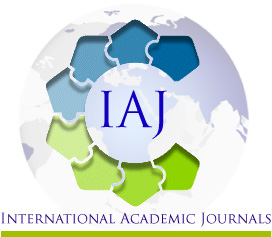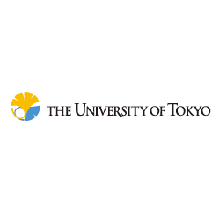FACTORS INFLUENCING UNIVERSAL HEALTH CARE ACCESS BY THE AGEING POPULATION IN THE RURAL AREAS IN KENYA: A CASE OF THE NATIONAL HOSPITAL INSURANCE FUND BENEFICIARIES IN MARSABIT COUNTY
Peter Ltisianoi Leitemu - Master of Arts in Project Planning and Management, University of Nairobi, Kenya
Amos K. Gitonga - School of Open and Distance Learning, University of Nairobi, Kenya
ABSTRACT
Subsidized health insurance cover costs can stimulate uptake of health insurance covers due to price elasticity as the people might perceive it to be more affordable after introduction of government subsidies. Marsabit County an attempt to improve the situation it seems not much has been achieved in raising the quality of service in public health institutions and this is compounded by limited information on the factors that ail the delivery of service quality. This study was guided by the following objectives. To determine the influence of institutional factors accessibility/quality of services offered, demographic factors, cost of services, socio-cultural factors on access to universal health care by the ageing population NHIF beneficiaries in rural areas Marsabit County. This study was grounded on Abraham Maslow’s Theory, Resource Dependence Theory and Stakeholder Theory. The study’s target population was 307 that consists of ageing population residents in the Marsabit County, community leaders, County Health officers and NHIF staff working in this region. A sample population of 171 was arrived at by calculating the target population of 307 with a 95% confidence level and an error of 0.05 using the below formula taken from Nassiuma (2000). The study selected the respondents using stratified proportionate random sampling technique. Primary data was obtained using self-administered questionnaires. The drop and pick method was preferred for questionnaire administration so as to give respondents enough time to give well thought out responses. Data was analyzed using Statistical Package for Social Sciences (SPSS Version 25.0). After data cleaning which entailed checking for errors in entry, descriptive statistics such as frequencies, percentages, mean score and standard deviation was estimated for all the quantitative variables and information presented inform of tables. The qualitative data from the open-ended questions was analyzed using conceptual content analysis and presented in prose. Multiple regression analysis was used to establish the relations between the independent and dependent variables. In testing the significance of the model, the coefficient of determination (R2) was used to measure the extent to which the variation in access to universal health care is explained by the variations of factors. The study found that facility fees and physician charges greatly influences the access to universal health care by the ageing population NHIF beneficiaries in rural areas Marsabit County. Though, the study found that transport costs moderately influenced the access to universal health care by the ageing population NHIF beneficiaries in rural areas Marsabit County. The study concluded that cost of services had the greatest effect on the access to universal health care by the ageing population NHIF beneficiaries in rural areas Marsabit County, followed by institutional factors, then accessibility/quality of services offered then social cultural factors while demographic factors had the least effect to the access to universal health care by the ageing population NHIF beneficiaries in rural areas Marsabit County. The study recommends an enforcement of Kenya’s Health Policy 2011–2030 and the 2010 Constitution of Kenya both of which require an appropriate and equitable distribution of health workforce in public health facilities and their subsequent training and development, enhancing their retention packages and incentives and upgrading of institutional and health worker productivity and performance.









